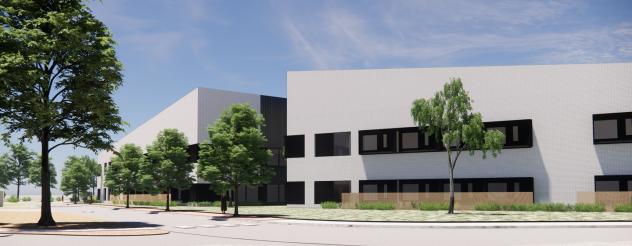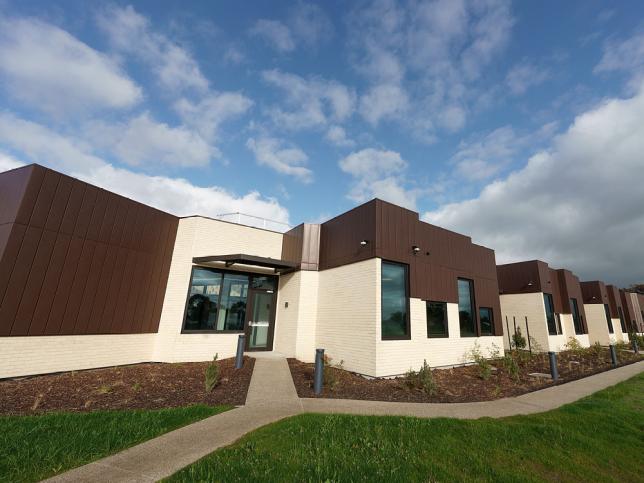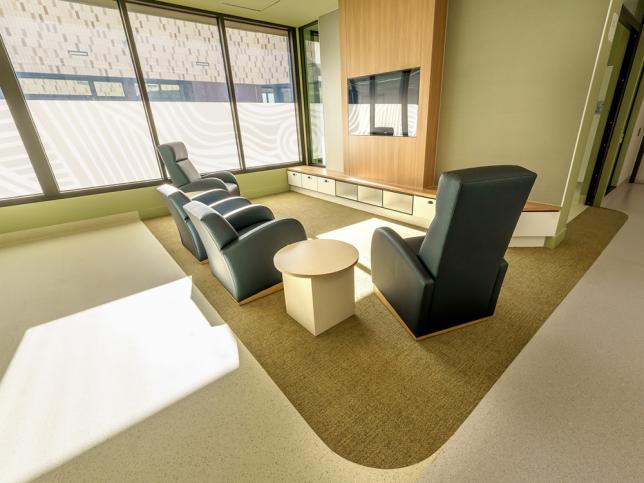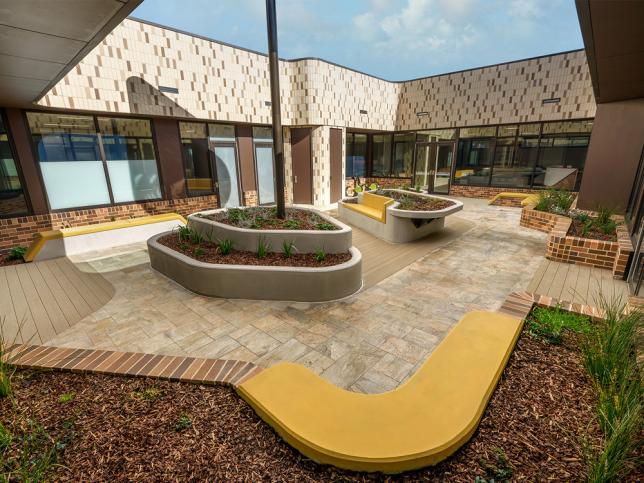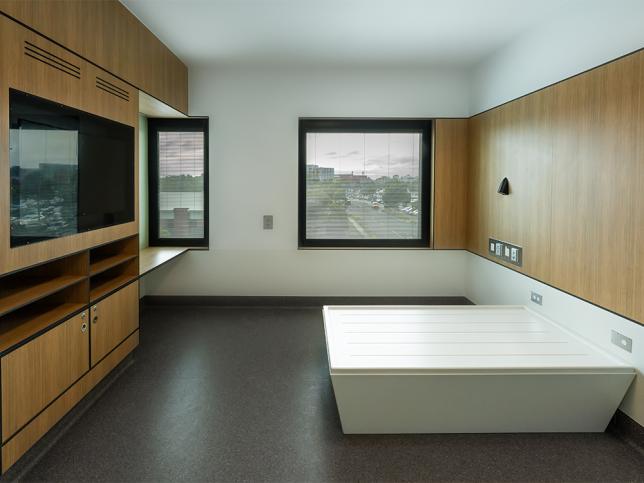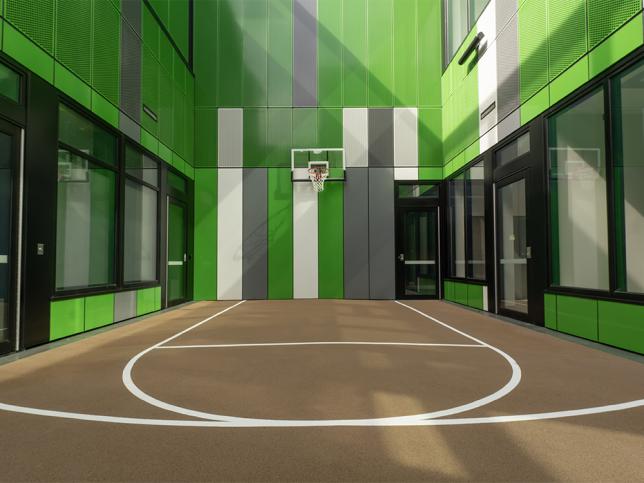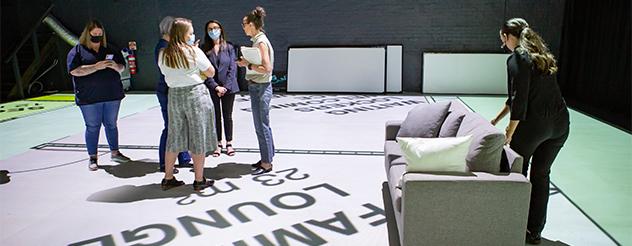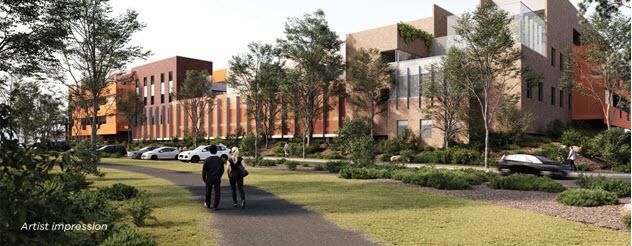Text on screen: The Victorian Government is investing $492 million to deliver 120 new mental health beds across Victoria.
IMAGES: Time lapse footage of a module being constructed from frame-work through to finished construction
Text on screen: The Royal Commission into Victoria’s Mental Health System recommended involving a diverse range of voices in the design process for these new beds
IMAGES: A montage of views of the prototype module from the outside, then inside with visitors assessing the facilities
Text on screen: including people with lived experience of mental illness, their carers and mental health services and workers.
IMAGES: close ups of visitors discussing the facility’s fit-out
Text on screen: To achieve this we provided tours of a full-scale prototype of a mental health bedroom and ensuite
IMAGES: Visitors checking light fittings, furnishings and taps within the prototype
Text on screen: then captured the thoughts and impressions of our prototype visitors through an online survey.
IMAGES: Visitors filling out an online review form on their phones post-visit
Text on screen: Visitors gained a first-hand experience of how the room will look and feel
IMAGES: A visitor group checking the dimensions of the module, and a slow pan around the bedroom area
Text on screen: and shared opinions on elements including safety features, furnishings and privacy.
IMAGES: Visitor examining a shuttered window, then a group talking with one of the module’s architects
Text on screen: This form of community engagement is just one of the ways we’re designing the ideal environment for recovery and wellbeing.
IMAGES: Visitors discussing the prototype, then a final external shot of the prototype module.
Images: A transition slide shows the text ‘In partnership with Mental Health Reform Victoria (logo), then the closing slide is the Victorian Health Building Authority logo, the web address vhba.vic.gov.au and the Victoria State Government logo.
End of transcript
